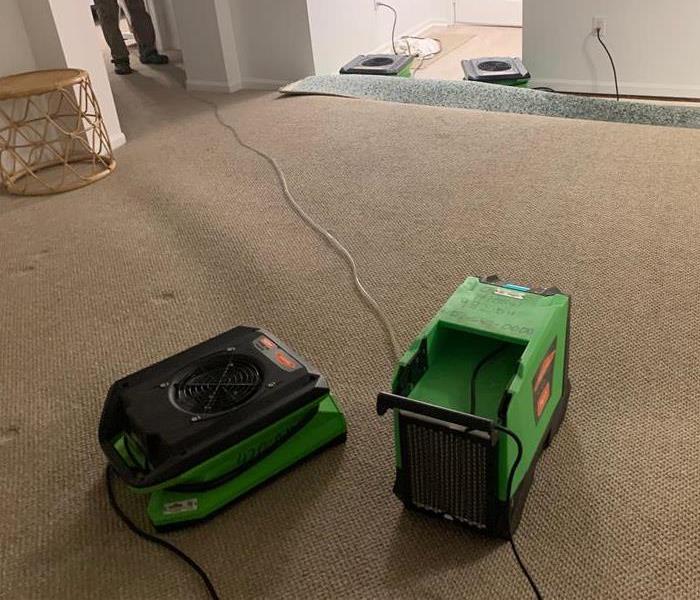Rebuilding After Water Damage: Choosing Sustainable Materials
10/16/2024 (Permalink)
When water damage occurs in your home or business, the aftermath can be overwhelming. Beyond the immediate concern of water extraction and drying, you also face the challenge of rebuilding. In this critical phase, choosing sustainable materials can make a significant difference in both the durability of your property and its environmental impact. At SERVPRO®, we understand the importance of making informed decisions during the restoration process. Here’s a guide to selecting sustainable materials for your rebuilding efforts after water damage.
The Importance of Sustainability in Rebuilding
Sustainability isn’t just a buzzword; it’s a practical approach to building that focuses on reducing environmental impact while ensuring the longevity and resilience of your property. After experiencing water damage, incorporating sustainable materials into your rebuild can help create a healthier, more energy-efficient space. These materials are designed to withstand the test of time and resist further damage, reducing the need for frequent repairs and replacements.
Sustainable Flooring Options
Flooring is often one of the most affected areas during water damage, and replacing it offers an excellent opportunity to go green. Bamboo and cork are two sustainable options that are gaining popularity. Bamboo is a rapidly renewable resource that offers the durability of hardwood while being more water-resistant. Cork, harvested from the bark of cork oak trees, is not only sustainable but also naturally resistant to mold and mildew, making it an excellent choice for areas prone to moisture.
For those looking for more traditional options, recycled or reclaimed wood is a great choice. It provides the timeless look of wood flooring while reducing the demand for new timber. Additionally, opting for tiles made from recycled glass or ceramic can add an eco-friendly touch to your floors, offering both durability and aesthetic appeal.
Eco-Friendly Wall Materials
Water-damaged walls often need to be replaced, and this is another area where sustainable materials can shine. Recycled drywall, made from gypsum waste, is an environmentally friendly alternative to traditional drywall. It offers the same performance while reducing landfill waste. Another option is to use low-VOC (volatile organic compound) paints, which minimize harmful emissions during application and contribute to better indoor air quality.
For a more natural look, consider using reclaimed wood or sustainable wood alternatives like bamboo for wall paneling. These materials are not only eco-friendly but also add warmth and character to your interiors.
Insulation and Energy Efficiency
Rebuilding after water damage provides the perfect opportunity to upgrade your insulation with sustainable options. Materials like cellulose insulation, made from recycled newspaper, offer excellent thermal performance and are more environmentally friendly than traditional fiberglass insulation. Sheep’s wool and recycled cotton are other sustainable insulation choices that provide effective thermal regulation and soundproofing.
Rebuilding after water damage is an opportunity to create a more sustainable and resilient space. By choosing eco-friendly materials for your floors, walls, and insulation, you can reduce your environmental impact while enhancing the durability of your property. At SERVPRO, we’re here to guide you through every step of the restoration process, ensuring that your rebuild not only restores but also improves your living or working environment.






 24/7 Emergency Service
24/7 Emergency Service
